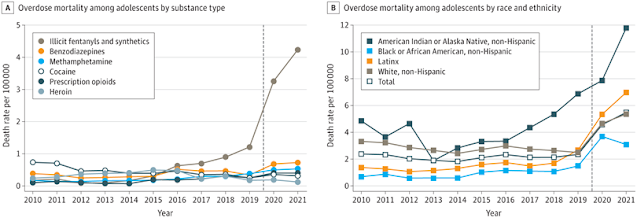From the Center for Forensic Science Research & Education: In 2020 and 2021, the substituted cathinone eutylone was the most commonly encountered synthetic stimulant to appear in forensic casework, despite the drug being considered federally scheduled as an isomer of pentylone since March 2017 according to the U.S. Drug Enforcement Administration (DEA). In September 2021, eutylone was recommended for international control. It is this notice that likely created a shift in the NPS drug market, which would later be noted by declining eutylone positivity and increasing N,N -dimethylpentylone positivity. N,N -Dimethylpentylone was first identified in toxicology samples in the U.S. in Q3 2021, marking the initial insurgence of this drug into the supply and the beginning of its proliferation. To date, N,N -dimethylpentylone has been identified in 32 toxicology cases, including antemortem and postmortem investigations, in addition to drug material cases. N,N -Dimethylpentylon
